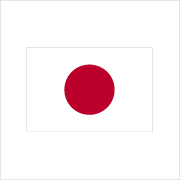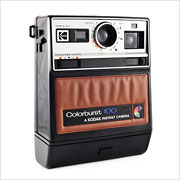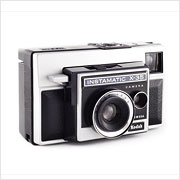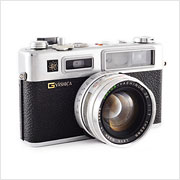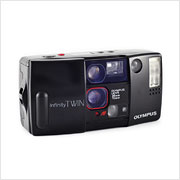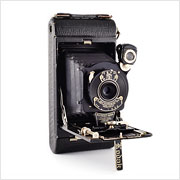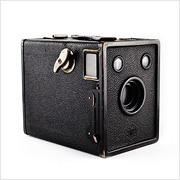Kodak Colorburst 100
The Kodak Colorburst 100 was made during Kodak’s relatively brief foray into instant film. Kodak’s instant film was designed to be exposed from the back which meant that they could make their instant cameras more compact than Polaroid‘s which had to accommodate a mirror for their front-exposing film. Unfortunately, none of that mattered when Polaroid filed a lawsuit against Kodak for patent infringement in 1981. After nearly a decade of deliberation, Kodak eventually lost in court and had to cease production of all instant film and related products as well as pay $925 million in damages to Polaroid (around $1.5 billion in today’s money).






